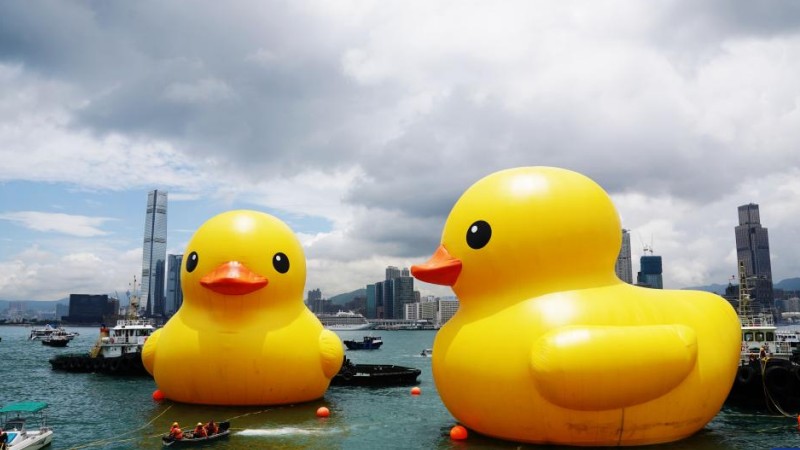Feature: From China's Ningxia to France's Bordeaux, Chinese wine is going global through exchanges
YINCHUAN, June 11 (Xinhua) -- When sampling a glass of wine from northwest China's Ningxia Hui Autonomous Region, "you find something reminiscent of Bordeaux, but it's really not Bordeaux wine," said Brice Leboucq, co-founder of Leboucq Savvy Foundation based in Ningxia, whose aim is promoting wine culture.
The climate, soil, and sunlight all contribute to the differences between Ningxia and Bordeaux wines, and both regions produce exceptional products, said Leboucq.
These years, Chinese red wine has gained international acclaim for its outstanding quality. At the Decanter World Wine Awards 2023 on Wednesday, one of the world's largest wine competitions, more than 270 Chinese wines, out of 18,250 wines from 57 countries and regions, were awarded medals, marking a 17 percent increase from the previous year.
Ningxia leads China's wine-producing regions, securing 40 percent of the medals that China has won.
In 2011, Ningxia embarked on its wine journey. To better integrate itself into the global wine community, the region has strengthened exchanges and cooperation with many countries to expand its "circle of friends," seeing France as a "prime choice."
In Ningxia, one can discover various French elements associated with wine, such as renowned French grape varieties introduced to the region, and French companies establishing their bases and cellars there.
Zhang Yanzhi, who studied in Bordeaux and then became a wine importer, opened his winery, Xige Estate, in Ningxia in 2019. The successful experience of world-renowned wine regions, including those in France, has helped drive the development of the wine-producing areas east of Helan Mountain and enabled the region to develop rapidly, he said.
Simultaneously, Ningxia winemakers have remained steadfast in their commitment to maintaining their uniqueness, and they deem it necessary to fully exploit the unique environment of Helan Mountain, and establish their own industrial system, so as to attract consumers in China and beyond.
In the winemaking sector, Ningxia has been dedicated to advancing technological innovations. Some estates have installed "breathing apparatuses" for oak barrels to promote wine maturation by expelling carbon dioxide, while others use automatic equipment to accurately monitor temperature, humidity and light to improve wine quality.
The wide, heavily irrigated valley between the Yellow River and the base of Helan Mountain has proved to be one of China's most promising vineyard areas. Ningxia now has 228 vineyards and wineries, producing 138 million bottles in 2022.
At the opening ceremony of the International Conference on Grape and Wine Industries held here, as well as the third China (Ningxia) International Wine Culture and Tourism Expo, Pau Roca Blasco, director general of the International Vine and Wine Organization, said China has all the potential, research and new technologies to play its part in shaping global vine and wine trends.
"Ningxia has managed to become China's first pilot area in this field, which helps improve its performance and international recognition," Blasco said.
Photos
Related Stories
- Wine industry grows hope, dreams out of waste quarries
- Int'l wine conference, expo in Ningxia offer unique platform for wine-making industry
- Int'l wine conference, expo open in China's Ningxia
- Foreign wine brewer, connoisseur explore new horizons in NW China
- Northwest China markets wine with classy Chinese culture
- China's leading wine producer to host int'l wine conference, expo in June
- Feature: Centuries-old Hungarian winery's new journey in China
- Revenue of China's top liquor brand up 16.5 percent in 2022
- This sweet drink stored in the cellars of the Zhuang people will get you buzzed
- China 4th biggest market for Spanish wine
Copyright © 2023 People's Daily Online. All Rights Reserved.









